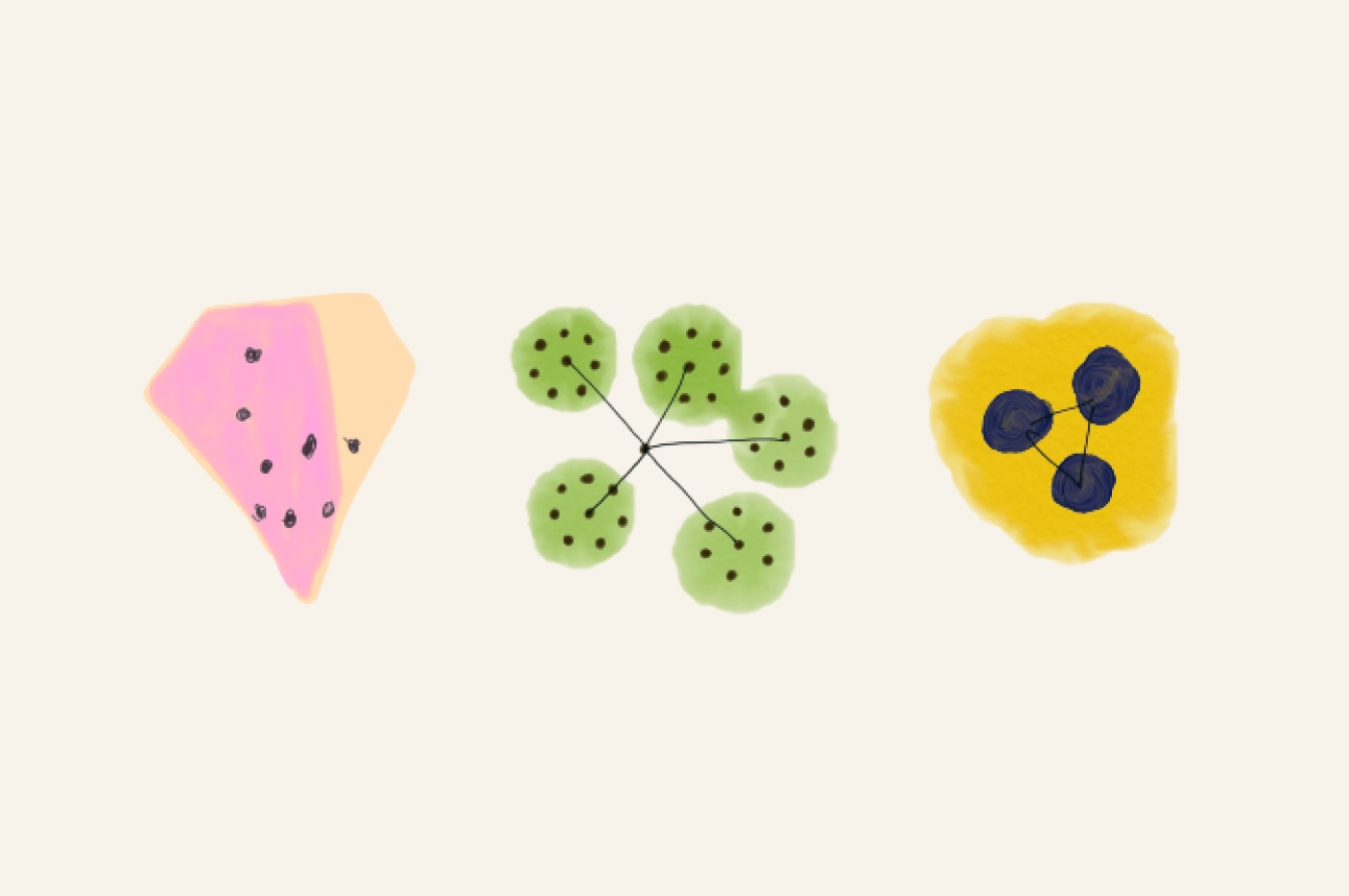NewslettersAugust 28th, 2018
PG #16: Data visualisation is the solution to information overload


We are at a point now where big data is no longer the Next Big Thing, it's just the Thing. Now we need to learn to incorporate the insights it offers into our worldviews.
As designers, one of our jobs is to make sense of data and in turn help others derive value from it. At Paper Giant we are continuously exploring the best ways to use visualisation to unlock the profound power of data. There are a number of factors that help us do this.
Firstly, the way in which a data set is collected and organised directly determines the output that can be delivered. This is especially true with the collection of sensitive data, but even something as simple as ordering a list of names can be deeply meaningful. When Maya Lin, the 21-year-old designer of the Vietnam Veterans' Memorial in Washington DC, proposed listing veterans in the order of the day they died, rather than alphabetically, it was enormously controversial. But this choice has stood the test of time: while it might be trickier to locate a particular name, the visual rise and fall of names gives a sense of the scale and flow of loss, and allows war veterans to find their story told and their friends remembered in a way that corresponds with their tour in Vietnam.
Using the right method for displaying evidence can tell complex narratives. It can help solve real problems by shedding light on causality. In the case of making decisions, can be a matter of life or death.
In other words, with great power comes great responsibility.




